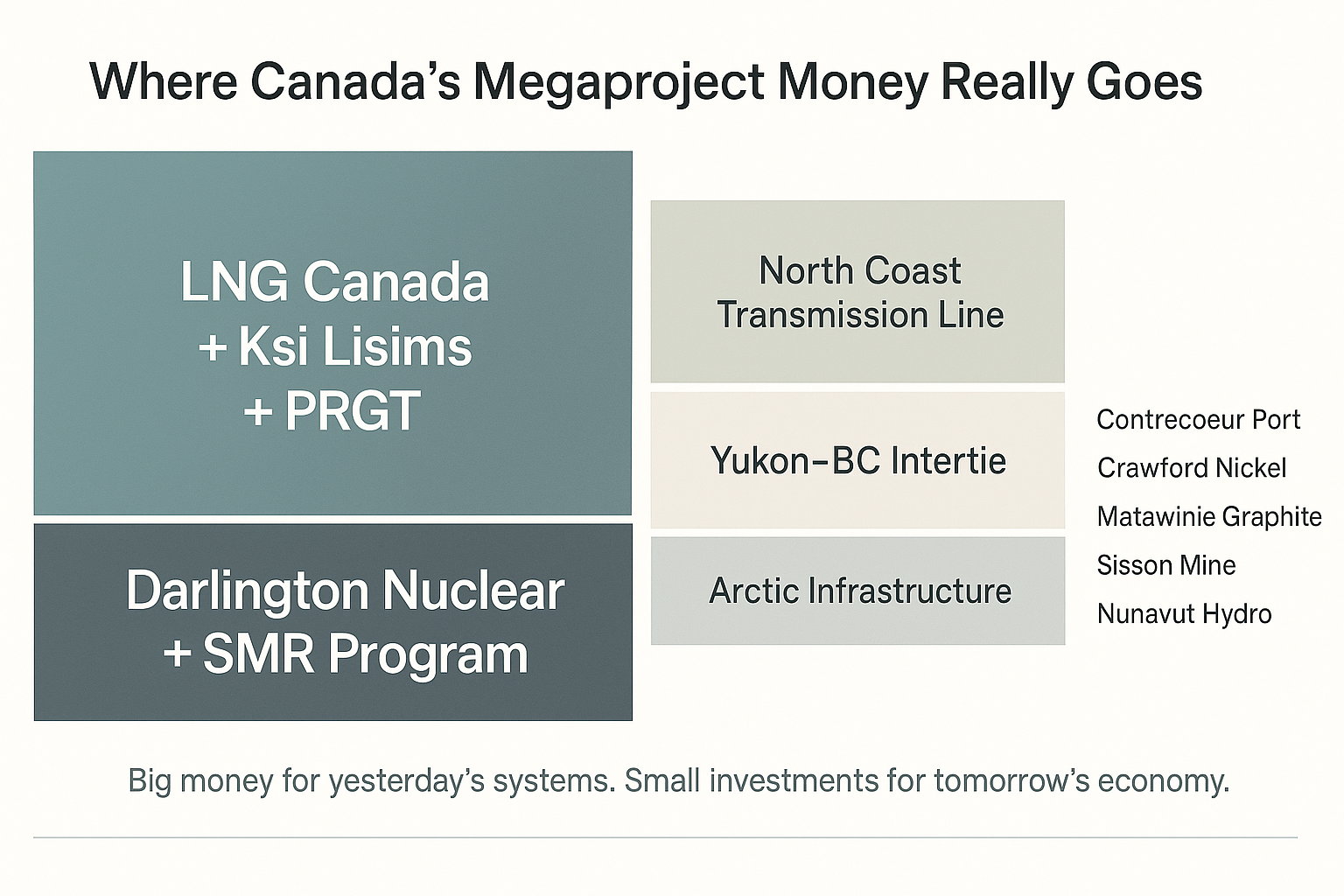Support CleanTechnica’s work through a Substack subscription or on Stripe.
Vingroup’s recently organized energy arm plans ambitious rooftop solar rollout,
though experts warn about infrastructure challenges.
VinEnergo Energy Joint Stock Company has announced plans to install 43 megawatts of rooftop solar power and 45 megawatt-hours of battery storage across three Vingroup manufacturing plants in Ha Tinh province. The ambitious project enters a market where Vietnam’s rapid renewable expansion has outpaced its aging electrical grid.
The announcement comes as Vietnam has emerged as Southeast Asia’s solar leader, with installed capacity surging from just 86MW in 2018 to nearly 18,000MW by April 2025. However, this boom has created new challenges that VinEnergo’s project will likely face.
VinEnergo’s 43MW installation represents roughly 0.2% of Vietnam’s current solar capacity, raising questions about whether the project’s projected environmental impact matches its scale. The company projects the systems will generate 50 million kilowatt-hours annually and cut CO2 emissions by 33,000 tonnes per year—figures that would contribute to parent company Vingroup’s goal of achieving net-zero emissions by 2040, a decade ahead of Vietnam’s national timeline.
“We are proud to provide comprehensive green energy solutions,” said Nguyen Huong Giang, VinEnergo’s Deputy General Director. “This project symbolizes Vietnamese enterprises’ determination and innovation in achieving the nation’s net-zero target.”
Energy analysts note that Vietnam’s renewable sector faces significant infrastructure constraints that could complicate such ambitious timelines.
Grid Congestion Threatens Renewable Growth
Despite Vietnam’s impressive solar capacity growth, the country’s power grid has struggled to accommodate the rapid expansion. Grid congestion and renewable energy curtailment, particularly in southern provinces, have become persistent problems as infrastructure lags behind generation capacity.
The Ha Tinh project aims to sidestep some grid issues by using Vietnam’s first Direct Power Purchase Agreement (DPPA) model for combined solar and battery storage. Under this arrangement, renewable energy producers can sell power directly to corporate consumers, bypassing some traditional grid bottlenecks.
The DPPA model aligns with new government policies designed to attract private investment in clean energy and support Vietnam’s transition away from coal, which still accounts for 45% of electricity generation as of 2021.
Testing Yet-To-Be Proven Technology Integration
VinEnergo’s integration of rooftop solar with battery storage systems represents a relatively untested approach in Vietnam’s market. While the country has successfully deployed large-scale solar farms, the combination of distributed rooftop systems with energy storage at industrial scale remains largely unproven locally.
The three target facilities — the VinFast automobile plant, VinES battery manufacturing facility, and V-G High-Tech Energy Solutions — are all located within the Vung Ang Economic Zone, which the government plans to transform into a sustainable industrial hub.
VinEnergo has not disclosed the total investment required for the 43MW installation or specific financial terms of the DPPA arrangements with the manufacturing plants. Industry experts typically estimate rooftop solar costs at $800-1,200 per kilowatt installed, suggesting the project could require $35-50 million in capital investment.
The company also has not provided a timeline for when the systems will become operational, though similar projects in Vietnam typically require 12-18 months from agreement signing to full commissioning
Vietnam’s Energy Transition
Vietnam has set ambitious renewable energy targets, aiming for 46-73GW of solar capacity by 2030 — up significantly from earlier projections. The country’s energy demand increased 10.9% in the first nine months of 2024, driving continued investment in both renewable and traditional power sources.
VinEnergo positions the Ha Tinh projects as part of a broader nationwide strategy to provide integrated clean energy solutions, though the company’s track record in delivering large-scale renewable projects remains limited compared to established players in Vietnam’s energy market.
The success of VinEnergo’s solar-plus-storage model in Ha Tinh is expected to influence whether other Vietnamese industrial zones adopt similar approaches, or highlight the challenges facing ambitious renewable energy timelines in a grid-constrained market.
Sign up for CleanTechnica’s Weekly Substack for Zach and Scott’s in-depth analyses and high level summaries, sign up for our daily newsletter, and follow us on Google News!
Have a tip for CleanTechnica? Want to advertise? Want to suggest a guest for our CleanTech Talk podcast? Contact us here.
Sign up for our daily newsletter for 15 new cleantech stories a day. Or sign up for our weekly one on top stories of the week if daily is too frequent.
CleanTechnica uses affiliate links. See our policy here.
CleanTechnica’s Comment Policy




